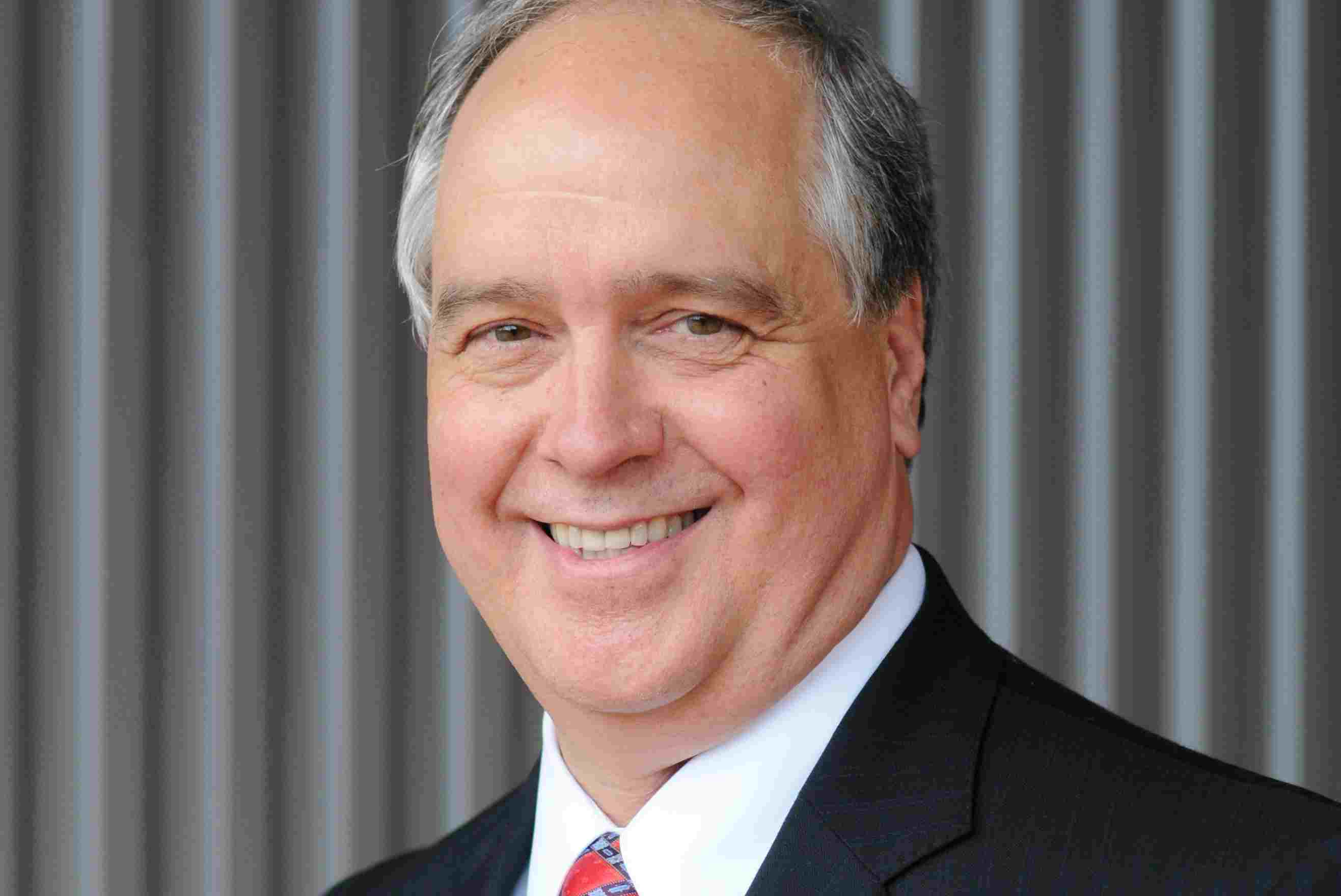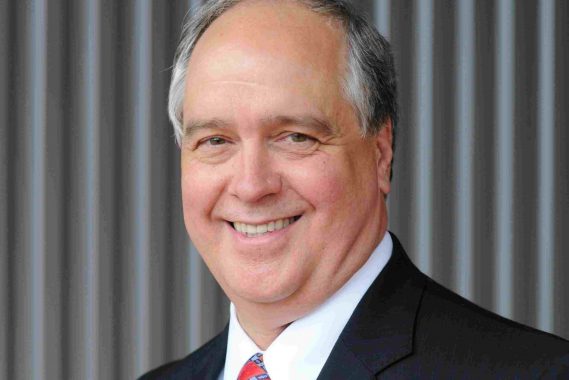
Anyone with even a casual interest in current affairs will tell you that the UK has a serious doctor shortage. While it’s true to say that the UK needs more doctors in absolute terms, far more serious is the UK’s maldistribution of doctors, both by specialty and by geographic area. Simply producing more doctors will not remedy the problems facing the NHS.
Between 2012 and 2017 the number of specialists working in emergency medicine increased by 25%; in paediatrics by 16%, radiology by 9% and gynaecology by 7%. Over the same period, general practice saw a rise of just 3%; below the UK’s population increase during those five years.[1]
Similarly, the ratio of doctors to patients is unevenly distributed throughout the UK. The BMA reports that vacancy fill rates are lowest in the North East, Yorkshire and the Humber, and are decreasing in the East of England and the West Midlands. London and the Southern regions fare better.
That the number of medical school places in England is to increase should be welcomed, but it will not solve these fundamental problems. The current system is producing doctors who disproportionately avoid general practice and who don’t want to work in areas with the greatest need.
The biggest determinants of where a student will ultimately practice are where they finish training and where they are actually from
In the short-term, recruiting from overseas may help to plug the gap – and the easing of UK visa restrictions for doctors will certainly help. In the long-term, however, countries must increase domestic capacity in an effective way for the outcomes desired.
Currently, medical schools themselves introduce a bias for specialisation over general practice being attached to university teaching hospitals with faculties comprised mostly of specialists. This means students spend little time in outpatient settings, with role models unlikely to work in primary care. It is encouraging that some UK medical schools are taking steps to address this – with Anglia Ruskin reported as looking to increase students’ exposure to general practice early in their education with the hope of reducing the severe shortage in Essex by partnering with local GP surgeries. This will help, but we must also consider other factors known to drive a doctor’s career decisions if the number of physicians working in primary care is to rise significantly.
We know that where a student goes to medical school is not a good predictor of where they ultimately practice. The biggest determinants are where a student finishes their training and where they are actually from. So creating more postgraduate general practice training places in the geographic areas of greatest need, and recruiting medical students from these areas in the first place, will improve outcomes in terms of getting GPs practicing where they are most needed.
Outcomes could be improved further if medical students were more likely to become GPs from day one, which comes down to how universities design their selection criteria. Those going to medical school must be qualified to do so, and a high minimum threshold must be set – but once a pool of qualified students has been identified, it makes more sense to recruit based on characteristics that predict the likelihood that an individual will go into general practice.
When I founded a new medical school to address the chronic shortage of doctors in Inland Southern California, we selected from the pool of qualified candidates those who had done community and voluntary work, spent time in the Peace Corps, or who had travelled furthest relative to their peers in terms of the their schooling – all of which are good predictors of how likely it is that a graduate will end up practicing primary care in their community. This has proved remarkably successful.
We employ similar measures at St George’s University (SGU), my current institution. Among those who are qualified to enrol, we look for the qualities that make for highly skilled medical professionals with a propensity to work in underserved areas and specialties.
As a result, around 70% of SGU graduates go into primary care. Crucially, because they were chosen based on their likelihood to want to work in these kinds of clinical environments, they are more likely to be fulfilled in their careers and less likely to leave – another issue facing general practice in the NHS.
In the UK, the current model of medical training is not producing both necessary and desired outcomes in terms of the proportion of graduates going into general practice in underserved areas. Simply increasing the overall number of students going through this system is not the answer. If we want to redress this imbalance, we must seize the opportunity to do things differently.
Dr G Richard Olds is President of St George’s University in Grenada, West Indies. Dr Olds is a tropical disease specialist and is former Vice Chancellor for Health Affairs and Founding Dean of the School of Medicine at the University of California, Riverside.
References
1. GMC. The state of medical education and practice in the UK. 2017.
Pulse October survey
Take our July 2025 survey to potentially win £1.000 worth of tokens













